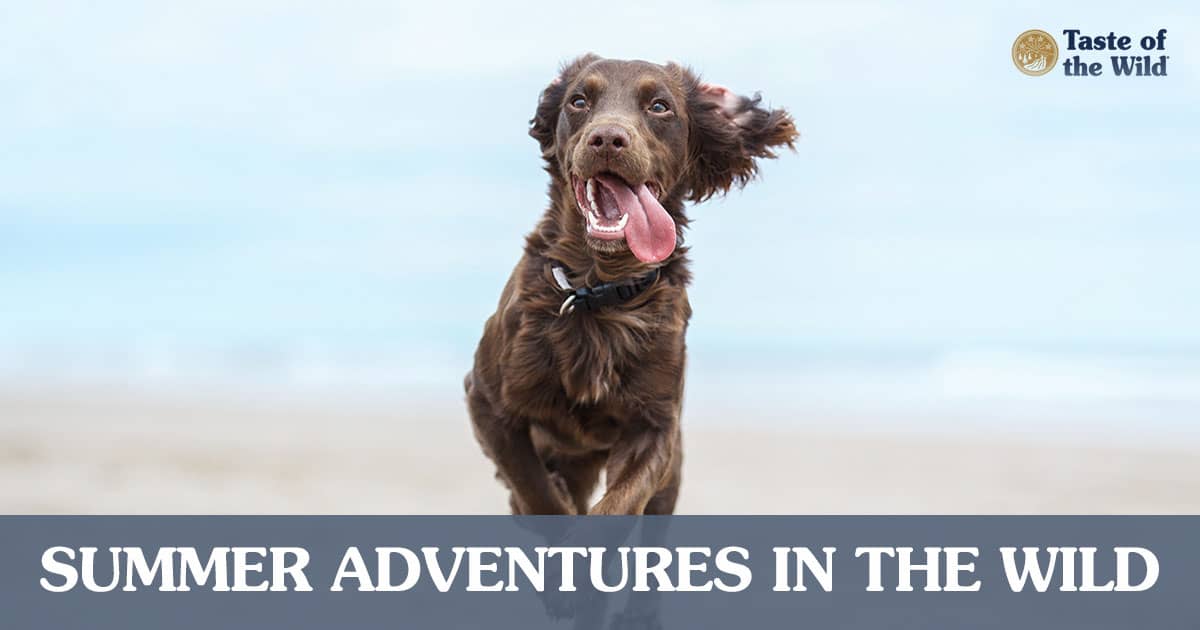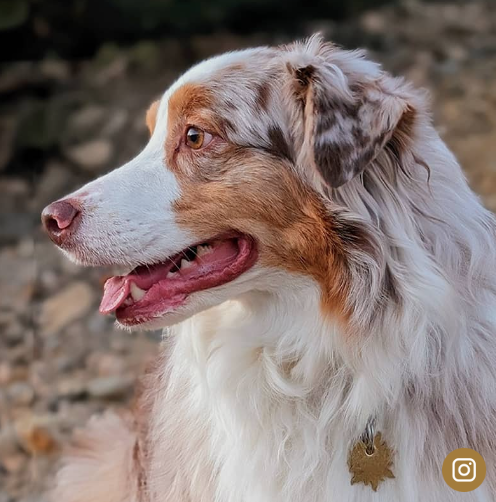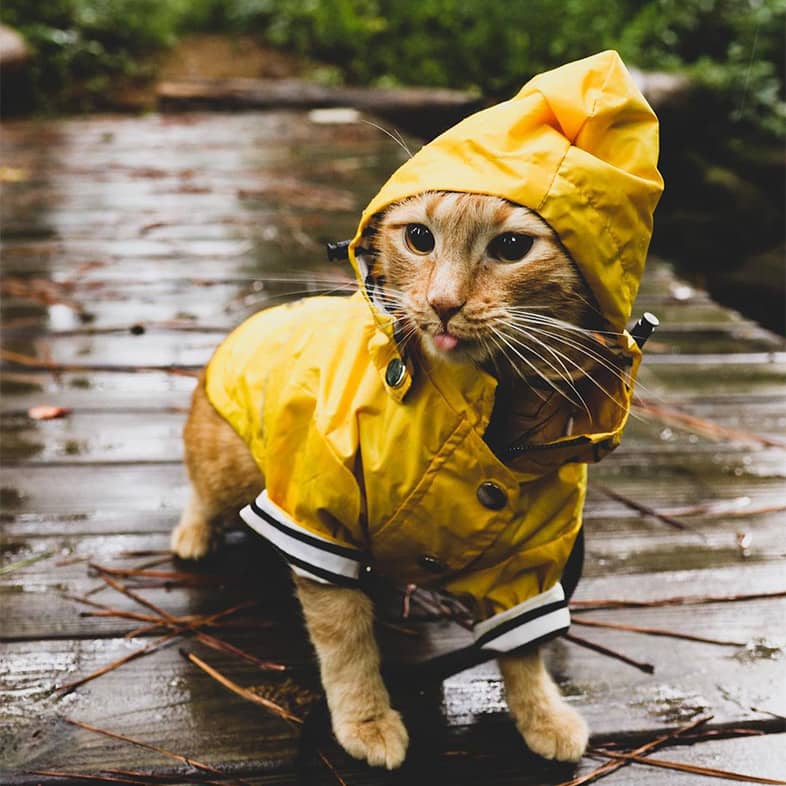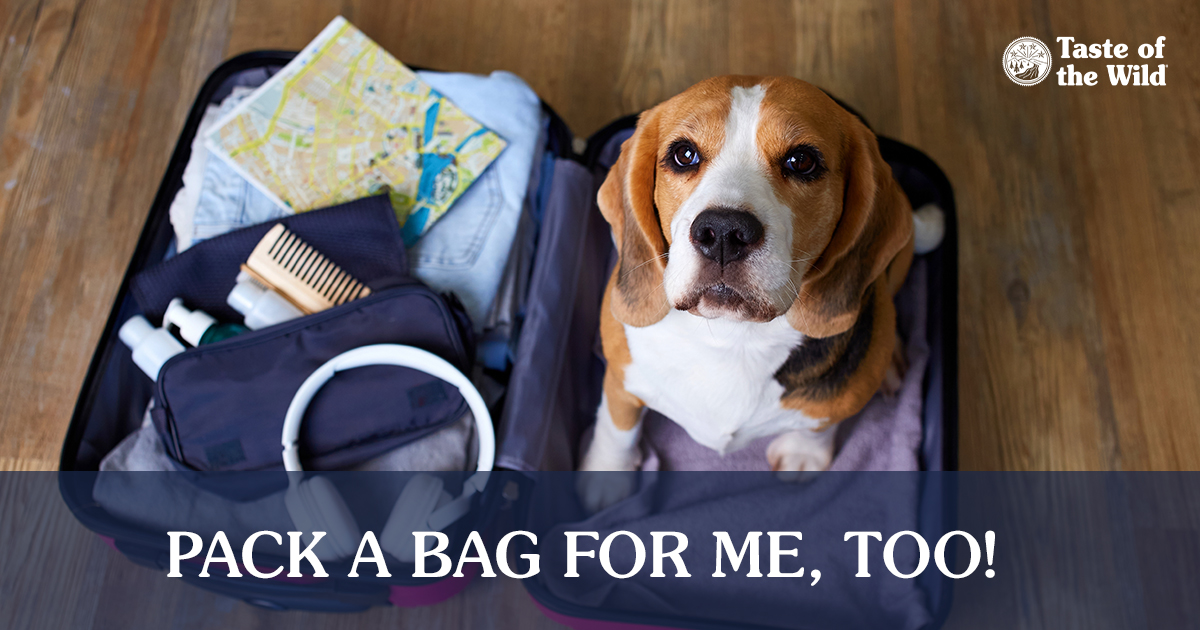Dogs at the Beach: Safety Tips for Summer Fun
Thursday, June 10, 2021 | Lifestyle

Whether you’re boating, swimming, dock diving or just sailing a flying disc on the beach, chances are, your dog wants to share in the summer fun. And why not? With a few summer precautions to help keep your dog safe, everyone can get their paws wet at the beach. Here are some safety tips to make sure your dog stays safe while enjoying their day in the sun and sand.
First, Are Beach Dogs Allowed?
Before you head out for the day you’ll need to find out if the beach is dog-friendly and if there are any leash laws. You don’t want to get kicked off the beach right when your dog’s starting to enjoy themselves! If it is a dog-friendly beach, check whether there are any rules you need to follow. There may be restrictions on where your dog can go at certain times of the day or year and how short their leash needs to be.
If your dog is allowed to be off-leash on the beach, it’s a good idea to brush up on their obedience training before you go. A reliable recall is essential in such an open area with plenty of distractions like other dogs, people, toys and sea gulls. You don’t want to be chasing your dog down miles of coastline!
Check the Water Conditions
Before your dog dives in, make sure the waters are calm. Swim in an area that’s out of the way of boats and other watercraft and in areas that are less likely to have swift currents, riptides and undertows. And never leave your dog unsupervised in the water or while at the beach.
Dog Beach Essentials
Although you might assume that the dog paddle comes naturally to all dogs, it’s just not the case. Some breeds, especially those with flat faces, barrel chests and short legs, such as bulldogs and pugs, can have a hard time staying afloat. Even the best doggy paddlers can become exhausted and need a little help getting back to shore. A life jacket with a top handle for lifting dogs out of the water could be a life saver.
Hairless breeds and dogs with thin, white coats can be prone to sunburns, and like people, at risk for skin cancer. Even dogs with dark coats can burn in places where the skin is exposed, like the nose, ears and belly. Look for a fragrance-free pet sunscreen or a sunblock with broad-spectrum UVA and UVB barriers. Once applied, prevent your dog from licking at it until it soaks in.
Dogs on the Beach Need to Stay Cool
You’d never sit in the sun while wearing a fur coat, but that’s essentially what your dog is doing. Many breeds, especially brachycephalic (flat-nosed) dogs, can easily succumb to heatstroke, which is life-threatening. Make sure to provide plenty of shade and fresh water. If your dog begins panting excessively, soak a towel in cool water and put it next to their skin, or take your dog to an air-conditioned spot to cool off. Hot weather safety should be taken seriously!
Beach Dogs Need Plenty of Fresh Water
You wouldn’t drink sea water and your dog shouldn’t either. Drinking too much salt water can lead to vomiting, diarrhea and dehydration in dogs (not a fun car ride home from the beach). You can avoid the problem by bringing a collapsible bowl and plenty of fresh drinking water for your dog.
Can Dogs Eat Sand?
It’s inevitable that if your dog spends any time at the beach they’re going to get some sand in their mouth. It’s something you want to try to help your dog avoid though as ingesting too much sand can become life-threatening. Think about how hard wet sand can become when building sand castles — the same thing can happen in your dog’s intestines causing a blockage that may need to be surgically removed. To help avoid sand ingestion, bring toys that won’t attract wet sand and hose your dog off at the end of the day so they don’t groom the sand off their fur.
Protect the Paws at the Beach
Anyone who’s ever walked barefoot on hot sand knows how unforgiving it can be for tender feet. And sand, both in the water and out of it, can hide broken glass, fish hooks, shell shards and other dangerous objects. Pet owners can help keep their dog’s paws safe with canine beach shoes — they make a cute accessory too!
Rinse Your Beach Dog’s Coat
At the end of the day, shower off your dog with fresh water to eliminate the sand, salt or seaweed caught in their hair. Then it’s time to relax and rest with your exhausted, but happy, canine pal.
The information in this blog has been developed with our veterinarian and is designed to help educate pet parents. If you have questions or concerns about your pet’s health or nutrition, please talk with your veterinarian.




